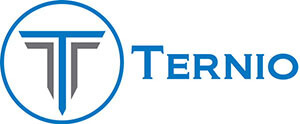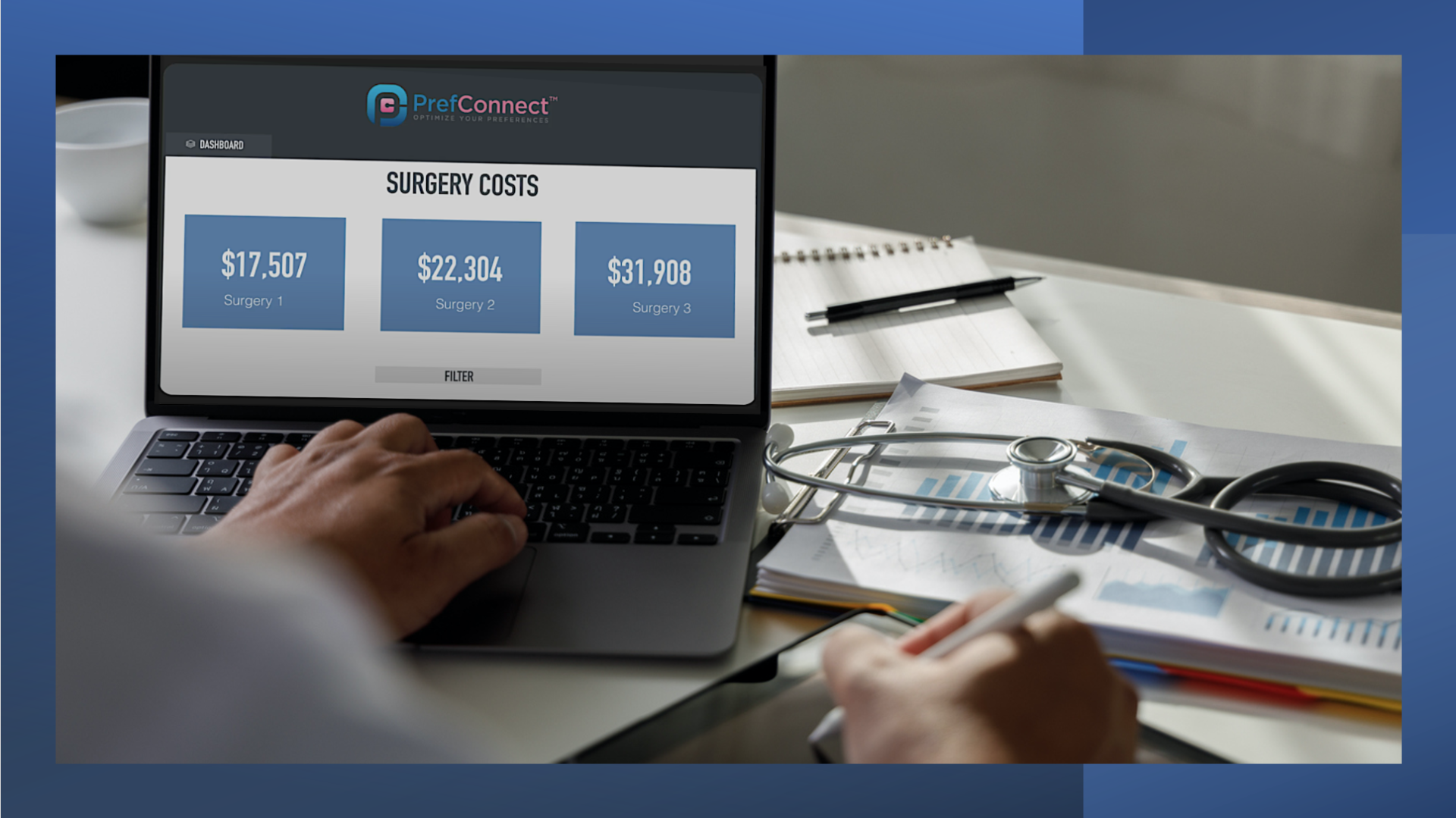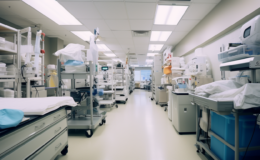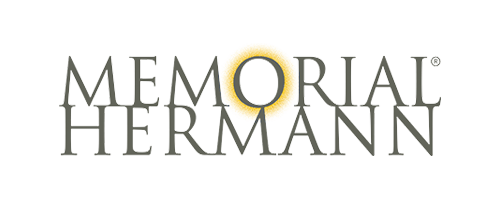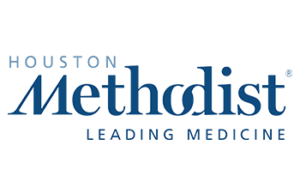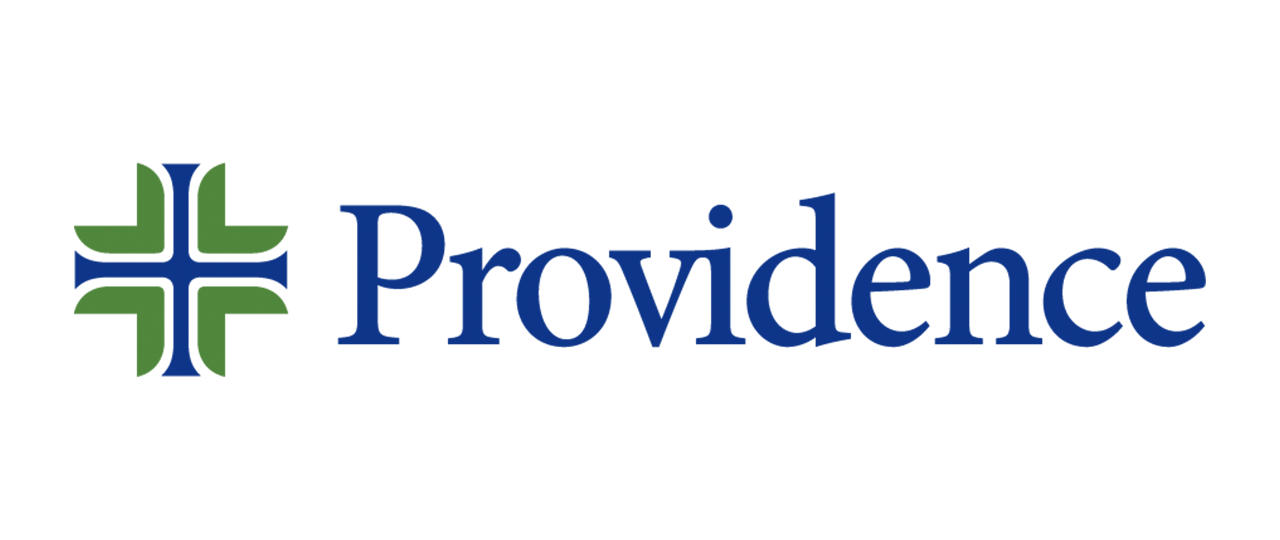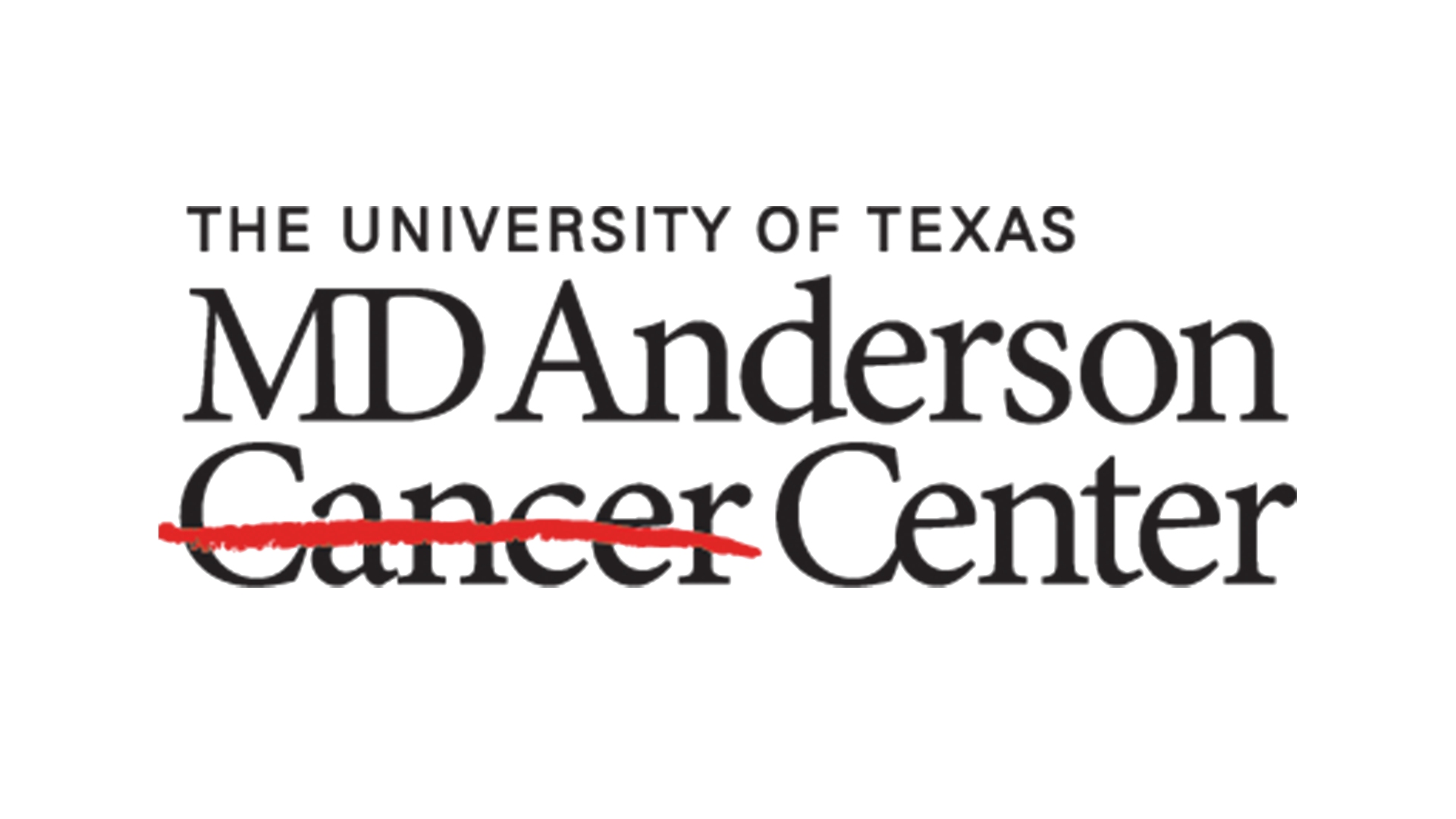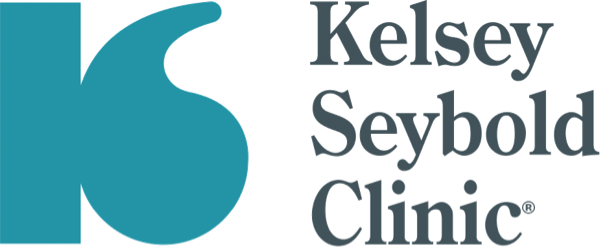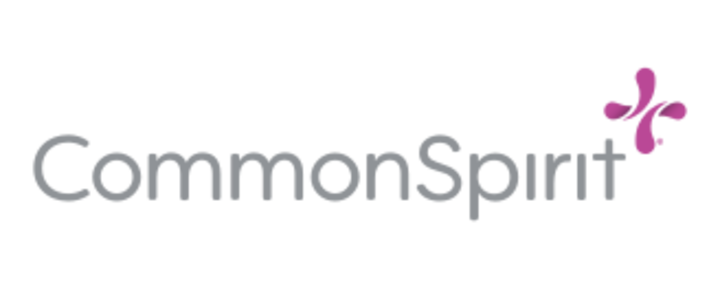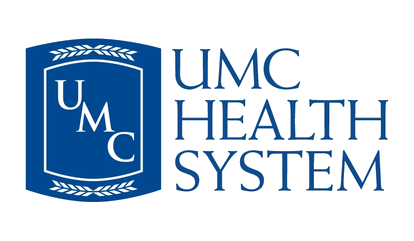Can Data Help Provide Solutions?
Ternio Newsroom Staff | February 2023
Healthcare leaders in increasing numbers are concluding that current clinical staffing challenges are not a temporary anomaly but indicate a permanent market change.
A persistent problem in the healthcare industry for decades, the demand for skilled nurses has consistently outstripped the supply, resulting in a chronic shortage of qualified professionals. And there is no end in sight. The COVID-19 pandemic that brought the issue to the forefront exacerbated the shortage and exposed the healthcare system’s vulnerabilities. It also threw a spotlight on the critical role that nurses play in patient care. The result is that hospitals are paying increasingly higher salaries[i] to attract and retain nursing staff, and the trend toward reliance on traveling nurses only compounds the problem.
The high cost of nursing labor is putting significant pressure on hospitals, which are already facing tight margins. To offset these costs, many hospitals are being forced to make difficult decisions about where and how to trim costs without compromising quality patient care.
In the OR specifically, questions are being raised:
- Are there surgical procedures that should no longer be offered?
- Are we doing our procedures in the most cost-effective way possible?
- Are we getting the best use out of our ORs by effective scheduling of the facilities?
- Are there procedures being done using robotics or laparoscopic methods that may be done just as effectively (and with just as good or better patient outcomes) using traditional techniques that incur lower costs?
This is where data comes in.
By leveraging data, hospitals can make informed decisions about where to cut costs without sacrificing quality. Data can provide a comprehensive picture of hospital operations, including staffing levels, patient outcomes, and cost structures. Hospitals can use this information to identify areas for cost reduction that will not negatively impact the quality of patient care – and could possibly uncover patient care and outcome improvement opportunities. But many hospitals don’t know where to look for this data[ii].
Hiding in Plain Sight
Often overlooked and viewed as simply a list of supplies and equipment, preference card data has enormous (and often underutilized) potential for driving operational improvements. By collecting and analyzing data from surgical preference cards, hospitals can gain valuable insights into their supply chain operations, identify areas for cost reduction, and improve the quality of patient care.
These are a few of the obvious benefits of preference card data collection and analysis:
- Improved inventory management. By tracking the supplies and equipment used in each procedure, hospitals can identify trends in usage patterns, and make informed decisions about inventory levels. This can help to reduce waste and minimize the risk of stock shortages, improving efficiency and reducing costs.
- Identify areas for process improvement. By analyzing the time and resources required for each procedure, hospitals can identify areas where processes can be streamlined, reducing the time required for each procedure and freeing up resources for other important tasks.
- Ability to monitor patient outcomes. By tracking the supplies and equipment used in each procedure, hospitals can gain insights into the relationship between the use of specific products by procedure and surgeon, as well as the associated patient outcomes. This information can be used to make informed decisions about the use of specific products, improving the quality of patient care and reducing the risk of adverse events.
- Make informed decisions about vendor selection and contract negotiation. By understanding the usage patterns of specific products, hospitals can negotiate better pricing with suppliers and make informed decisions about the products they choose to stock.
Better data is not just about cost-cutting.
Data is also invaluable in addressing the root causes of the nursing shortage by highlighting the areas where staffing levels are inadequate. Hospitals can use this information to make informed decisions about staffing levels, including where to invest in new hires and where to retrain existing staff to address skill gaps.
Beware the marketing implications.
Hospitals that have highlighted their cutting-edge diagnostic and OR technology in their marketing communications will need to be sensitive to perceived “technology gap” vulnerabilities that may be exploited by competitors, both to gain patients and to recruit clinical staff. If the data supports curtailing the unnecessary use robotics or other high-tech apparatus, internal and external communication about this effort must focus on a “best fit” or “right-sized” approach that is totally patient-centric.
Data brings clarity to the complexity.
The nursing shortage is a particularly complex issue that stems from a variety of factors, including an aging population, increased demand for healthcare services, and a waning interest in the nursing profession that coincides with — and is reinforced by — the COVID-19 pandemic. It is one that will inevitably result in higher labor costs for hospitals in the coming months and years. However, data can help hospitals make informed decisions about where to cut costs and address the root cause of the shortage. By analyzing and leveraging data, hospitals can ameliorate the financial pressures caused by the nursing shortage while simultaneously ensuring that quality patient care is not compromised.
[i] Hospitals raising nurse pay: Why now?, Becker’s Hospital Review, January 23, 2023 https://www.beckershospitalreview.com/compensation-issues/hospitals-raising-nurse-pay-why-now.html
[ii] CFOs Want to Cut Costs But Don’t Have Data, Resources To Do It, Practice Management News, February 4, 2020 https://revcycleintelligence.com/news/cfos-want-to-cut-costs-but-dont-have-data-resources-to-do-it
